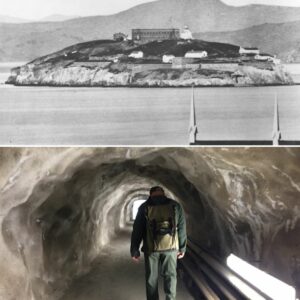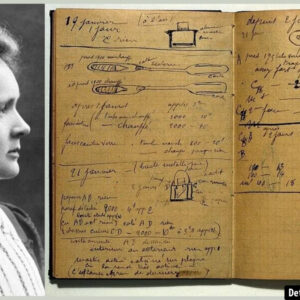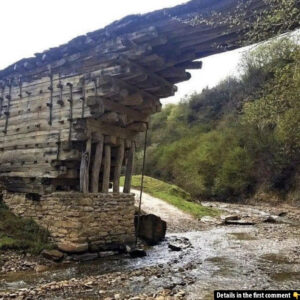The Inuit people, native to the Arctic and subarctic regions of North America, have endured some of the harshest climates on Earth, adapting their lives through hunting, trapping, and constructing innovative shelters. For centuries, their resilience and culture were passed down through generations, but thanks to vintage photographs, we now have a glimpse into their rich history. From intimate family portraits to expansive scenes of everyday life, these images preserve the traditions and strength of the Inuit. Join us as we step into the past to explore the world of the Inuit people through a collection of stunning historical photographs.
Inuit Lifestyle and Traditions
The Inuit have traditionally been a nomadic people, moving from one hunting ground to another, relying on their expert skills in hunting, fishing, and trapping. Their survival depended on their ability to work with the land and its animals, from seal hunting in the icy waters to fishing in rivers and lakes. The harsh environment required innovation and resilience, and the Inuit developed tools and techniques that helped them survive in some of the most extreme climates in the world.
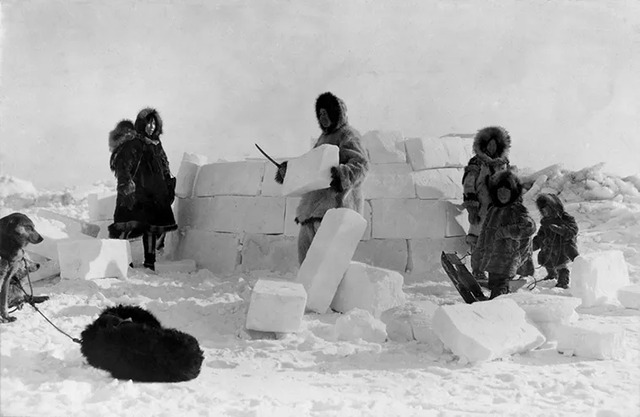
One of the key aspects of Inuit survival was their ability to build igloos during the winter months, a skill that allowed them to withstand the freezing temperatures. The photographs of Inuit families building igloos, such as one from 1924 taken in Alaska, provide insight into the ingenuity required for survival in the Arctic. These makeshift homes, built from blocks of ice, not only provided shelter from the cold but also demonstrated the Inuit’s remarkable resourcefulness.
The construction of fur clothing was also essential for survival. The traditional fur garments—such as parkas, mittens, and boots—were crafted from animal skins, keeping the Inuit warm during their arduous journeys. Clothing was often made with the fur facing inward to trap body heat. This adaptability and skill in crafting materials from nature were vital to the Inuit way of life and are prominently featured in early 20th-century images of the people.
Video
Watch the short film showcasing how the Inuit way of life is being preserved in a changing world.
Early 20th Century Inuit Life: A Glimpse Through Photography
As the 20th century dawned, photographers began to capture the lives of the Inuit. One iconic image, taken in 1904, features a portrait of a young Inuit girl, Nancy Columbia, with her dog. Captured by the Gerhard Sisters, this photograph highlights the deep connection between the Inuit and their animals, who were crucial for hunting, transportation, and even companionship in the harsh environment.
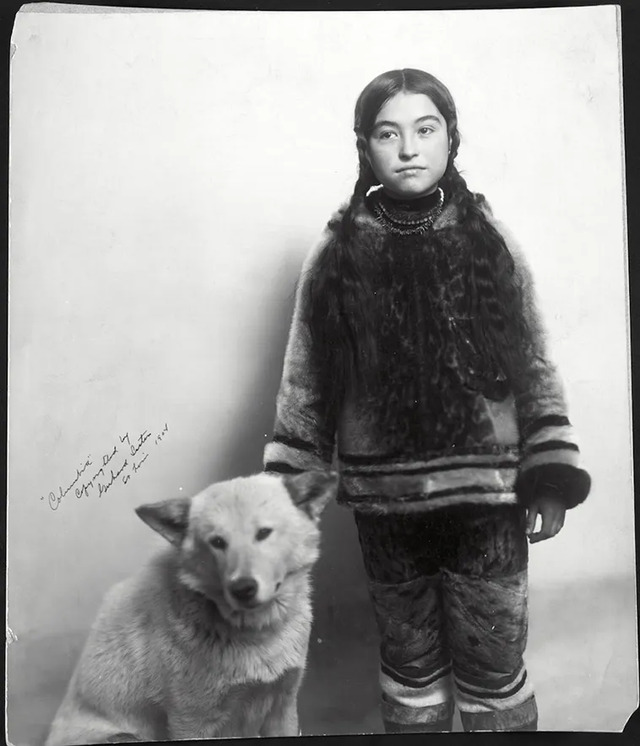
Another photograph from the early 1900s, taken in Fullerton Harbour, Nunavut, shows an Inuit woman named Kootucktuck wearing a beaded attigi, a traditional garment worn by Inuit women. The photo, taken in 1905 by Geraldine Moodie, provides a detailed view of the intricate beadwork that was central to Inuit fashion, with beads often symbolizing cultural identity and social status. The woman’s calm pose in the photo offers a glimpse into the pride the Inuit people took in their clothing and the stories they told through their attire.
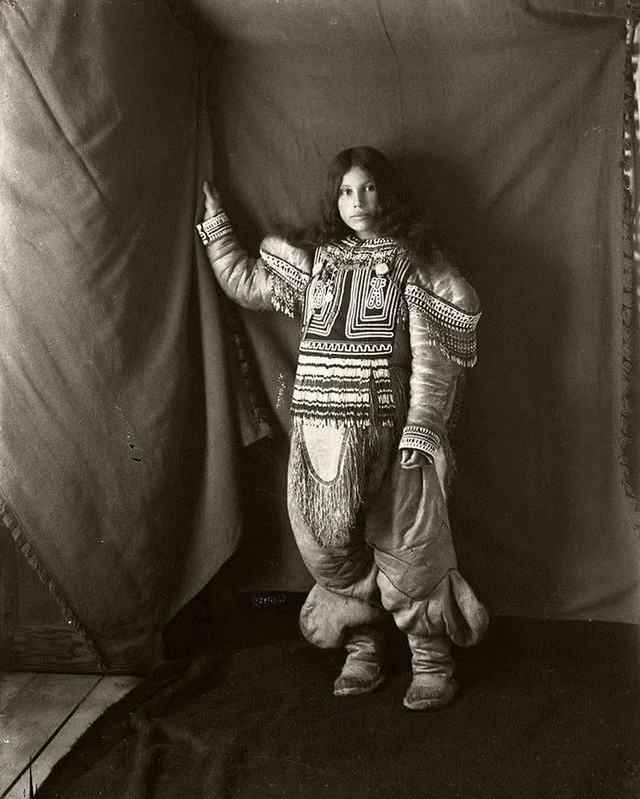
These early images not only provide insight into the Inuit’s daily lives but also offer a sense of pride and dignity that permeated the culture. The Inuit were more than just survivors—they were artists, creators, and storytellers who expressed themselves through their clothing, jewelry, and interactions with the world around them.
The Inuit in Modern Context: 1940s and Beyond
While early 20th-century photographs give us a window into the lives of the Inuit, more recent images from the 1940s further illuminate the changes in Inuit life brought about by modernity. In 1949, a photograph captured Helen Konek, an Inuit woman, walking into her igloo in Arviat, Nunavut. The photograph, which shows a stark contrast between the traditional igloo and the surrounding modernity, is a powerful testament to the Inuit’s adaptation to the changing world while maintaining their cultural identity.
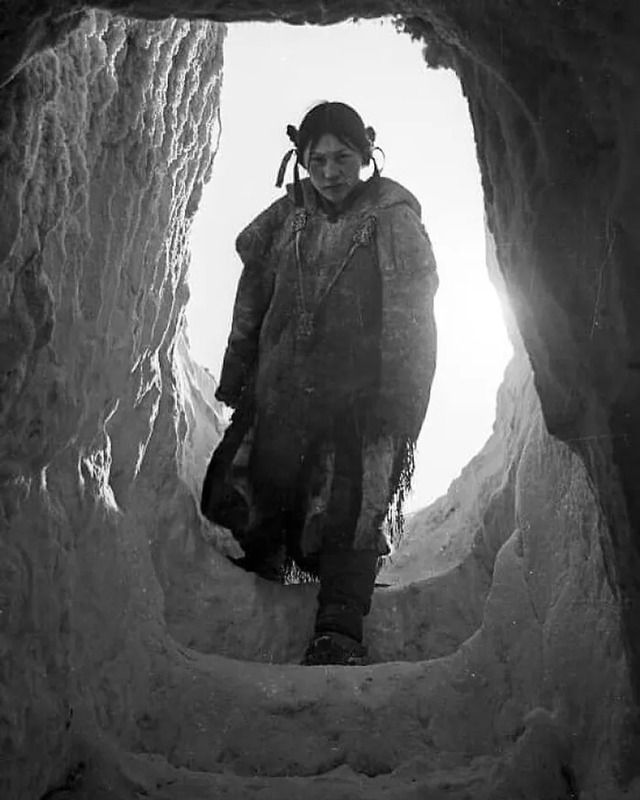
Another striking photo from 1949 features a young Inuit girl with a Canadian Eskimo dog. This photograph not only highlights the role of dogs in Inuit society but also reflects the importance of community and family ties, with the dog often acting as a companion and an essential part of daily life. The image captures a moment in time when the traditional hunting lifestyle began to blend with modern life, and the Inuit people continued to uphold their heritage despite the encroachment of outside influences.
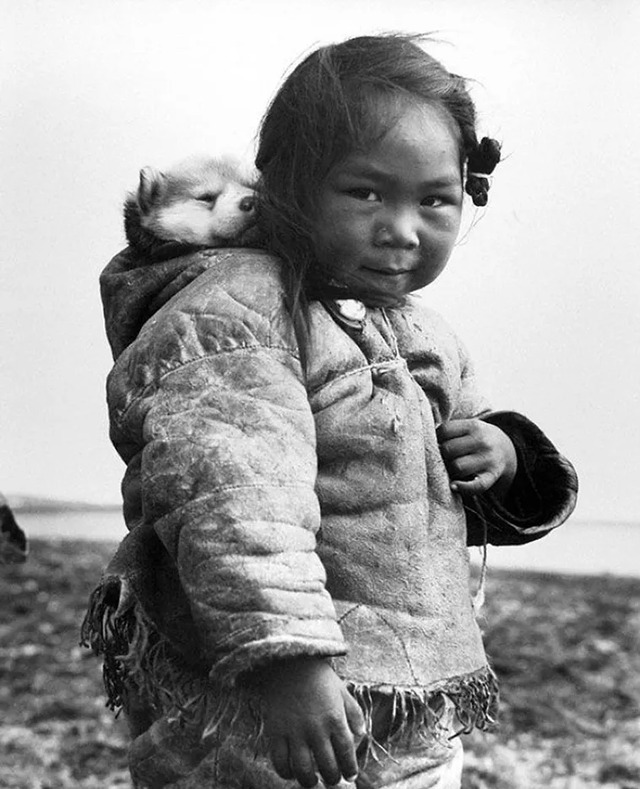
Iconic Inuit Portraits: A Look at Indigenous Beauty
The Inuit people have always had a unique and profound relationship with nature, which is evident in the photographs that showcase their distinctive features and lifestyles. One such image from 1927 captures an Inuit mother and child in Cape Prince of Wales, Alaska. This touching photograph represents the Inuit’s close familial bonds and their reliance on each other for survival in the challenging environment. The child’s wide-eyed innocence, paired with the mother’s protective stance, reflects the deep love and care within Inuit families.
A more striking image from 1929 shows Kenowun, an Inuit woman wearing jewelry, standing tall on Nunivak Island, Alaska. This photograph emphasizes the importance of personal adornment in Inuit culture, where jewelry often signified both beauty and cultural identity. The use of jewelry in the Inuit community served as a reflection of status, community belonging, and personal pride.
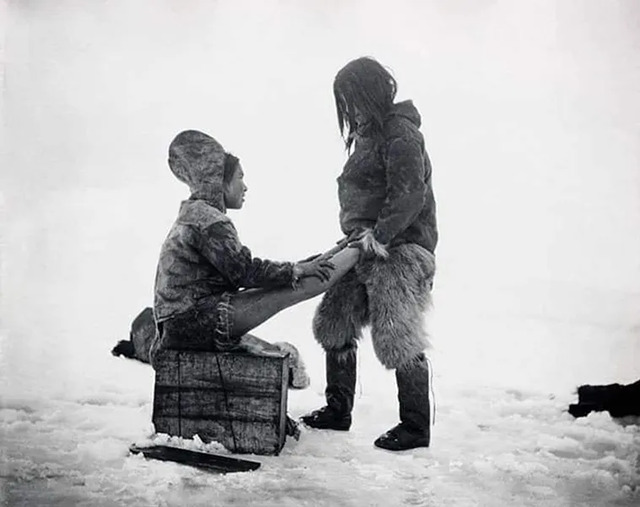
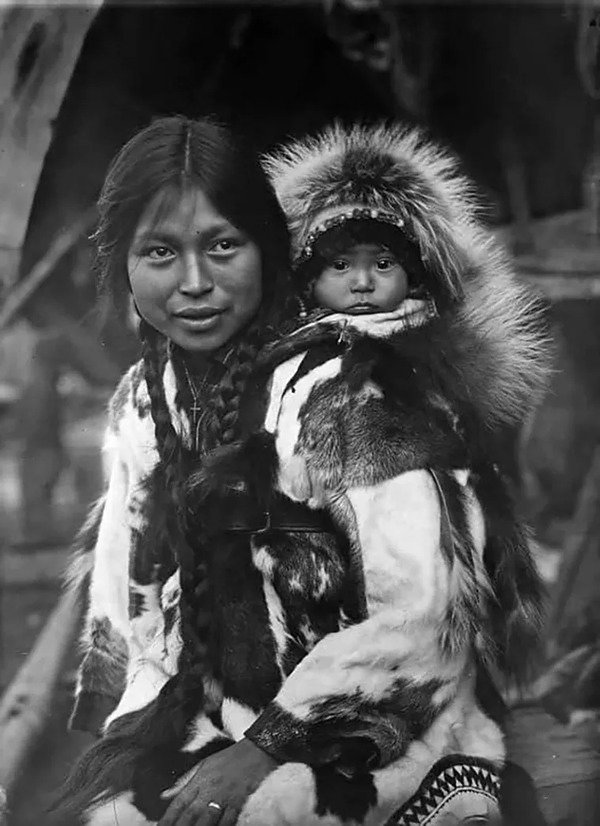
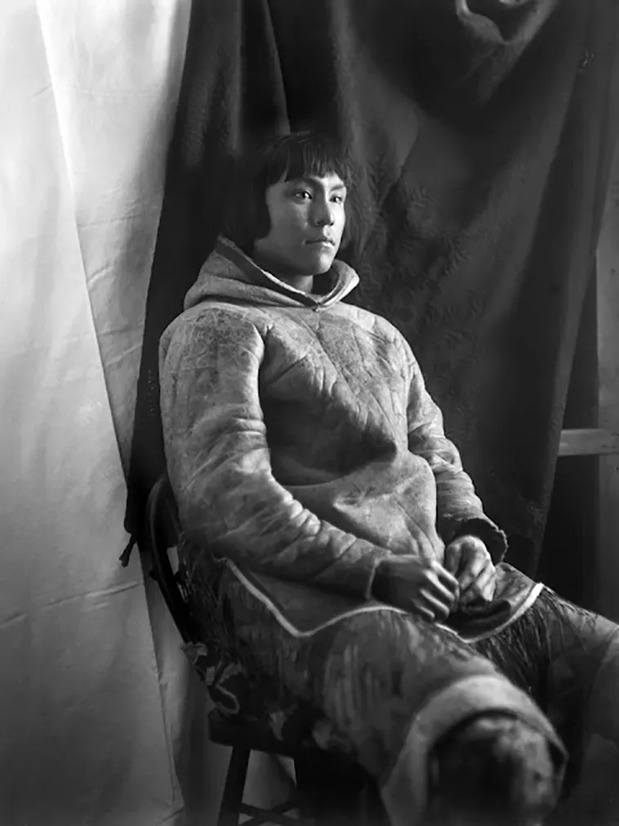
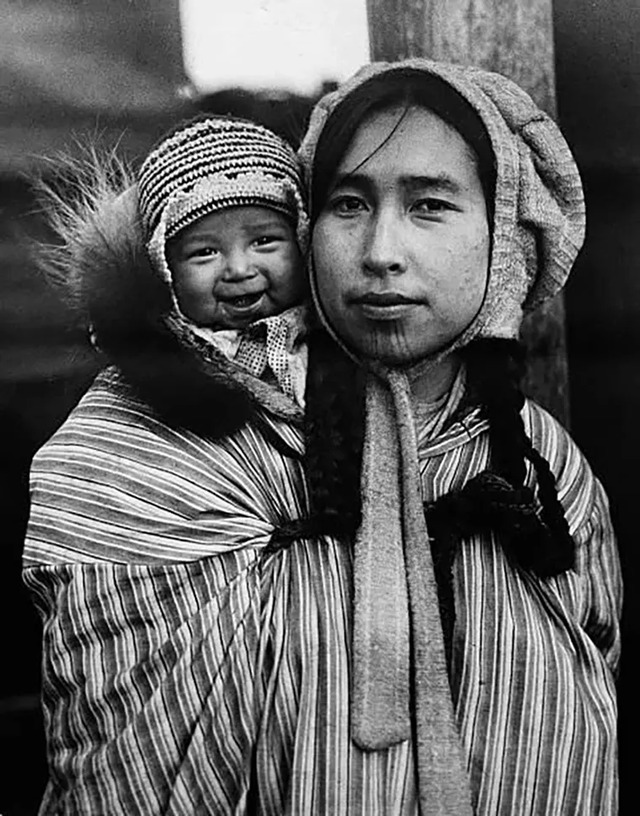
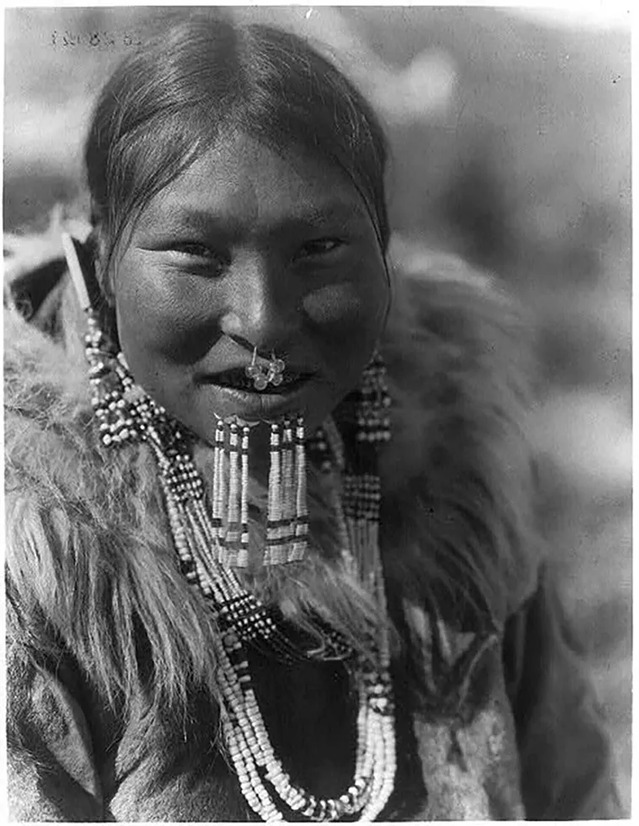
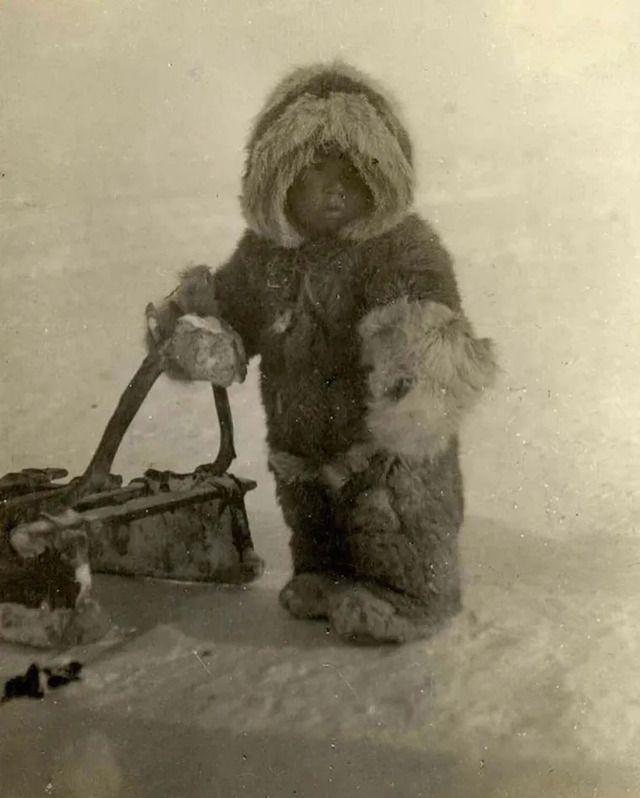
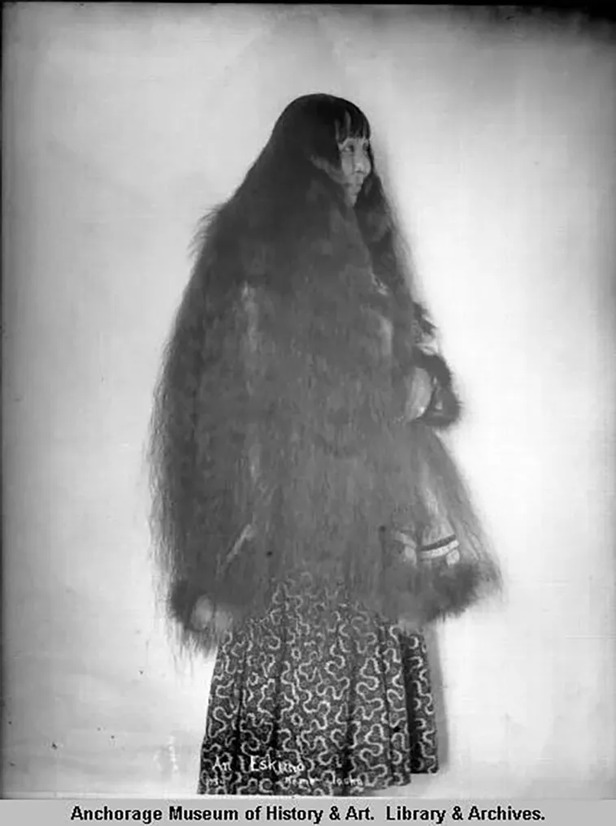
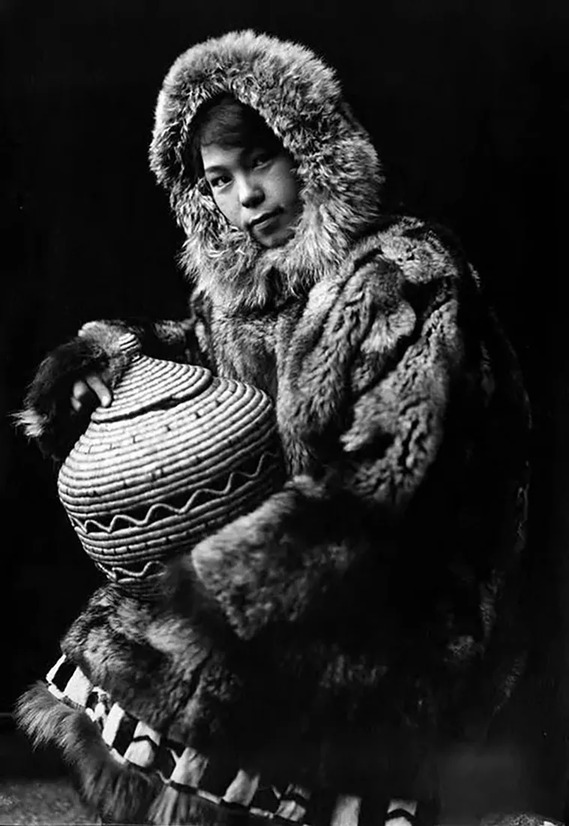
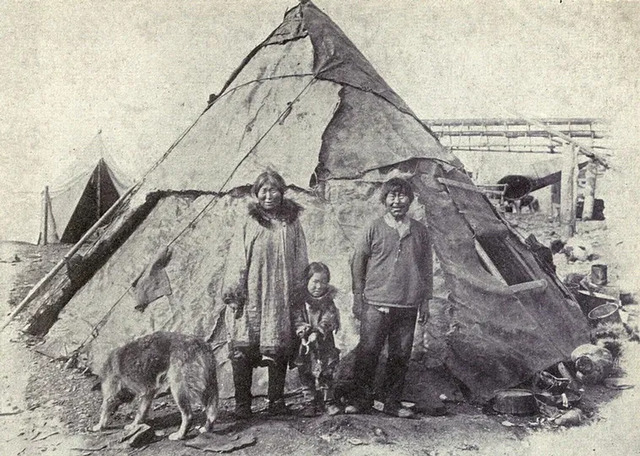
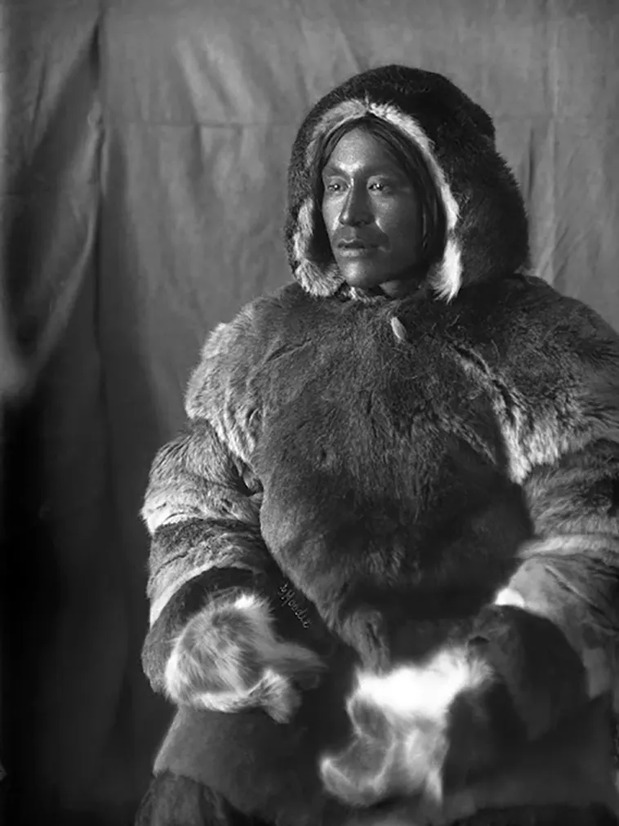
The Influence of Expeditions on Inuit History
Expeditions in the Arctic played a significant role in documenting the history and culture of the Inuit people. One notable expedition was the Fifth Thule Expedition, led by Danish explorer Knud Rasmussen in 1921. Photographs taken during the expedition, such as one featuring an Inuit toddler holding onto a sled, provide valuable insights into the early years of Inuit life. These expeditions not only helped preserve Inuit culture for future generations but also allowed outsiders to gain a better understanding of the Inuit way of life.
Video
Watch the video to learn about the Inuit/Eskimos, some of the world’s most extreme survivors.
Conclusion
The Inuit people have long been known for their resilience, ingenuity, and ability to adapt to some of the harshest climates on Earth. Through vintage photographs, we are given the rare privilege of peering into their lives, witnessing their cultural practices, and understanding the profound connection they have with the land, animals, and each other. These images, captured by early photographers and explorers, serve as a testament to the Inuit’s enduring strength and rich cultural history. Today, as the Inuit continue to thrive in modern contexts, these photographs remain vital in preserving the essence of who they are and the way they have lived for millennia.

